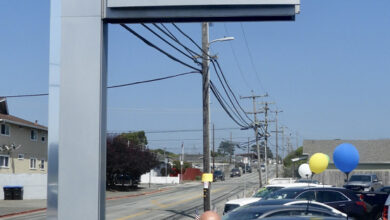Price strike over; crab fishermen settle for $2.65/lb.
The strike by crab fishermen ended last Thursday, Dec. 12, after an 11-day standoff. Fishermen wanted $3 per pound while processors wanted to pay $2.50 per pound. They ended up at a price of $2.65 per pound. Some crab fishermen say they wish they had stayed in Noyo Harbor, with several reporting poor catches.
Dungeness crab was among the three most valuable commercial fisheries in California in seven of the last 10 years. The fishery is undergoing changes, following several studies that found that crab fishing could be much more sustainable if managed differently. In fact, scientists believe crab populations are among the most resilient of seafoods at a time when key food fishes like tuna and salmon face peril.
The current system of crab fishing on the Pacific Coast features a big rush into the water by too many pots, studies have found. A longer, smaller, slower take, such as that small boat fishermen have always done, might be much better for the crab in the long run.
The recreational and commercial crab seasons run until July.
Historic catches
The Department of Fish and Wildlife has tables showing crab catches back to 1915. The tables show big, long-term cycles where catches exceed 15 million pounds for a year or two, then fall to about half that, then back up over time. The crab population cycles seem to have little to do with the regulations in place, officials say.
The season for commercial crab fishing from the Sonoma County line to the Oregon border opened on Dec. 1, with the strike delaying that start for 11 days. There was no strike this year for the area south of Sonoma County, where the season opened in mid-November. Oregon and Washington crab seasons opened Dec. 16.
